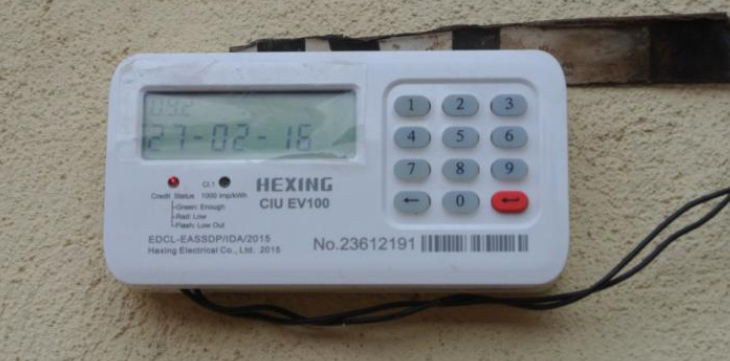
A few weeks back, Kenya Power announced that its customers can only buy KPLC tokens or pay their bills through M-Pesa. The company said that third party apps (including banking apps) will no longer be used to buy tokens or to pay your Kenya Power bill. Customers will only be able to use the 888880 paybill number from now on. This is for those buying Kenya Power tokens, prepaid customers will only use the 888888 paybill number.
This is not ideal for most people as this paybill number is known to be slow at times compared to some of the alternative third party apps. I rarely use the 888880 paybill number as I have always relied on the Tingg app.
Even with that said, Kenya Power has made the decision not to allow these third party applications and we will stick to that.
Here is how you can go about buying your Kenya Power tokens and paying your postpaid bill.
How to Buy Kenya Power (KPLC) Prepaid Tokens via M-PESA
- Go to Safaricom SIM Tool Kit, select M-PESA menu, select “Lipa na M-PESA“
- Select “Pay Bill“
- Select “Enter Business no.”, Enter KPLC’s Lipa na M-PESA PayBill Number 888880 and press “OK”
- Select “Enter Account no.”, Enter your KPLC Prepaid Meter Number (e.g. 0100 xxxx xxxx x) press “OK”
- “Enter Amount“, between KSh100 and 35,000 and press “OK”
- Enter your M-PESA PIN and press “OK”
- Confirm all the details are correct and press “OK”
- M-PESA HAKIKISHA, You will get a notification with the intended recipient’s name e.g. “Pay Kenya Power KSh1,000.00 for Account 0100 xxxx xxxx x Press 1 within 20 seconds to STOP this transaction.” To stop a wrong transaction, Enter “1” and press Send within 20 seconds. Pressing “Cancel” will complete the transaction.
- You will receive a confirmation SMS from M-PESA.
- KPLC will then generate prepaid token valid for your meter and send via SMS.
How to pay your Kenya Power Postpaid Electricity bill via M-Pesa
- Select “Pay Bill” from the M-Pesa menu.
- Enter the Kenya Power business number 888 888.
- Enter your new Kenya Power account number e.g. 123456.
- Enter the amount you wish to pay which should be between Shs. 100 and Shs.35,000.
- Enter your M-Pesa PIN.
- Confirm that all details are correct.
- You will receive a confirmation of the transaction via SMS.
Note: You can also pay your Kenya Power bill by dialing *977# on your phone.
Bills can also be paid through authorized banks and you can find the list here.
What is the KPLC tokens Paybill number?
If you want the KPLC token Paybill, keep in mind there is only one at the moment and is 888880. The account number is your Kenya power number. These are all the details you need to buy Kenya Power tokens in Kenya. Remember that you cannot buy Kenya Power tokens via third party services.
Is 501200 a KPLC Paybill number in Kenya?
No, the KPLC token paybill is 888880.
How do I load my KPLC token?
Once you have purchased and paid for the token. Enter it on the KPLC token meter and press ok. The token will be loaded and added to your token balance.
What is the number for KPLC tokens Paybill?
888880 is the only number for KPLC token Paybill
What is the USSD code for KPLC token?
To access KPLC services, you can dial *977# on any network and then proceed with the screen prompts.
Read: Kenya Power to start piloting electric vehicle charging stations in Nairobi and Nakuru

